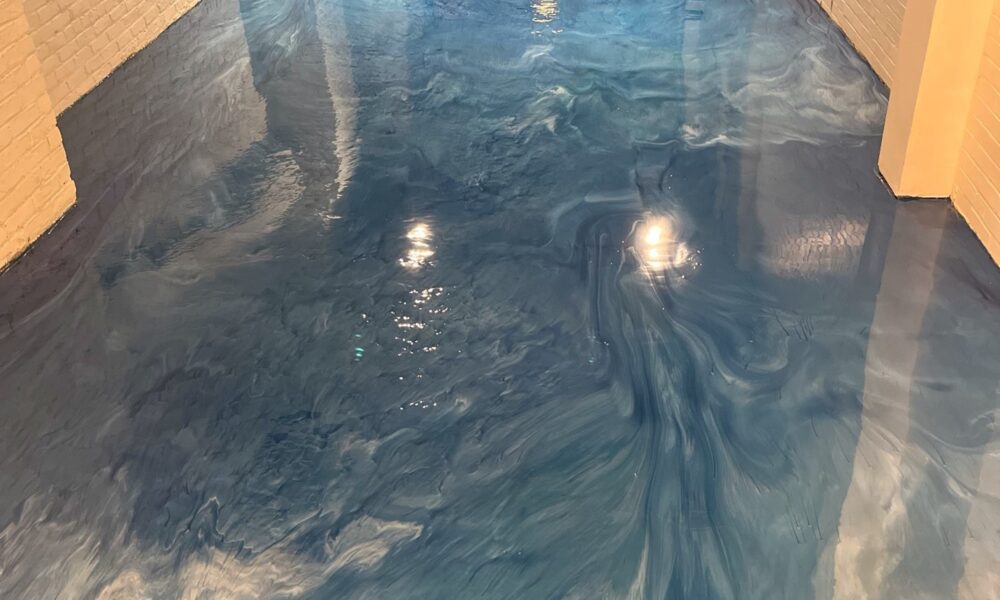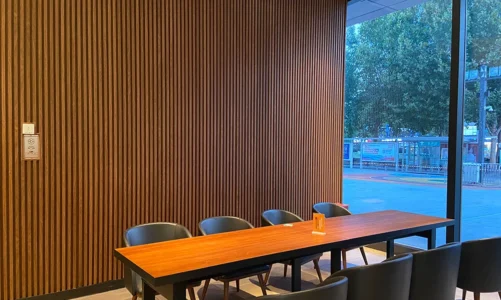Like the skin that protects the human body from the relentless assault of pathogens and environmental threats, epoxy coating serves as the first and most critical line of defence for the surfaces we build our industrial world upon. Consider this remarkable substance: a liquid that transforms through chemical metamorphosis into a solid barrier, creating protection where vulnerability once existed. In my years studying biological systems and their elegant solutions to survival, I have come to appreciate how human innovation often mirrors nature’s own strategies. The story of protective coatings is, in many ways, the story of resilience itself.
The Chemistry of Transformation
At its essence, an epoxy coating system is a tale of two molecules destined to unite. The resin, a polymer containing epoxide groups, exists in a state of potential. The hardener, typically an amine or polyamide, waits in parallel isolation. When these components meet, something extraordinary occurs. A chemical reaction unfolds, cross-linking molecules into an intricate three-dimensional network, much like neurons forming synapses in a developing brain.
The cured epoxy possesses properties neither component held individually:
- Resistance to chemicals that would corrode untreated concrete
- Tenacious adhesion to properly prepared substrates
- Impermeability to moisture and contaminants
- Structural integrity under mechanical stress
Singapore’s epoxy coating industry has refined these formulations over decades, adapting chemistry to tropical conditions where heat and humidity would challenge lesser materials. This polymerization fascinates me. It reminds me of cellular differentiation, where stem cells commit irreversibly to specific fates.
The Biology of Adhesion
Understanding how coatings bond to concrete requires thinking about surfaces at the molecular level. Concrete, when viewed microscopically, is a landscape of peaks and valleys. For an epoxy coating to adhere successfully, it must infiltrate this topography, flowing into crevices and forming mechanical interlocks whilst simultaneously creating chemical bonds.
Surface preparation becomes critical, almost surgical in its precision. Just as a surgeon must debride wounds before closure, the floor preparation specialist must remove all contamination. The parallels to medicine continue:
- Substrate preparation resembles sterilization before surgery, removing contaminants that would compromise outcomes
- Primer application functions like an immune primer, preparing the substrate to accept the coating system
- Multiple coat layers mirror the layered approach to wound healing, each building upon the previous
- Cure time resembles convalescence, where patience determines ultimate success or premature failure
The Pathology of Coating Failure
Like diseases, coating failures have identifiable causes and predictable progressions. Delamination, where the coating separates from substrate, often results from inadequate surface preparation or substrate moisture. Blistering occurs when moisture or gases become trapped beneath the coating, seeking escape like pressure building in an abscess.
Chemical attack progresses more slowly but no less inevitably when wrong formulations face aggressive substances. Singapore’s epoxy coating specialists understand these failure modes intimately, having observed countless cases across diverse industrial environments. The diagnosis requires careful observation:
- Surface crazing indicates thermal stress or UV degradation
- Colour changes signal chemical exposure
- Wear patterns reveal traffic loads and abrasion rates
Like a physician reading symptoms, the experienced applicator interprets these signs to recommend appropriate interventions.
Applications Across Industrial Anatomy
Different industrial environments impose distinct demands upon protective coatings, much as different organs require specialized tissues. Each application requires thoughtful matching of coating properties to environmental stresses:
• Food processing facilities
Antimicrobial coatings with seamless surfaces preventing bacterial colonization, analogous to epithelial barriers excluding pathogens
• Electronics manufacturing
Static dissipative systems conducting charges safely to ground, comparable to nervous system electrical regulation
• Pharmaceutical clean rooms
Particle-free surfaces maintaining sterility like surgical suites
• Chemical processing plants
Formulations resistant to aggressive acids and solvents
• Warehouse operations
Durable systems withstanding mechanical abuse from heavy traffic
The formulation that excels in one setting may prove inadequate in another, just as cardiac muscle cannot substitute for skeletal muscle despite both being contractile tissues.
The Prognosis for Protected Surfaces
When properly selected, applied, and maintained, epoxy coating systems provide protection measured in decades. This longevity depends upon respecting the material’s limitations whilst leveraging its strengths. No coating proves universally resistant to all chemicals, just as no antibiotic works against all pathogens.
The investment in quality coating systems resembles preventive medicine. The cost of proper protection, whilst significant initially, pales against the expense of premature failure, production shutdowns, or regulatory violations. The facility manager who views coatings as mere expense rather than investment makes the same error as the patient who neglects preventive care.
Conclusion: Protection as Imperative
Throughout my exploration of biological and medical systems, I have observed that survival depends fundamentally upon effective barriers. Cell membranes regulate what enters and leaves. Skin protects against infection and injury. Immune systems distinguish self from non-self. These protective mechanisms are not optional luxuries but essential requirements for continued function.
Industrial surfaces require equivalent protection. The concrete supporting manufacturing operations, like the skeleton supporting human bodies, performs its function best when properly shielded from environmental assault. The chemistry that enables epoxy coating to transform from liquid to solid, creating durable barriers where vulnerability existed, represents human ingenuity applied to fundamental problems of protection and preservation. Understanding this transformation helps us appreciate why proper surface protection through epoxy coating remains not merely advantageous but essential to industrial longevity.




